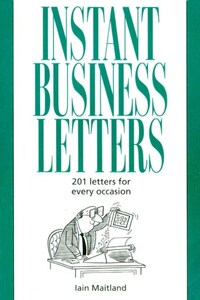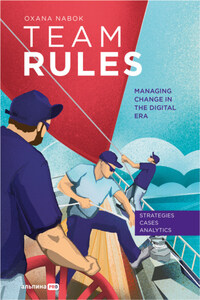Instant Business Letters

О книге
Everything you need to know to become a first-class letter writer. Includes over 200 examples of business letters that can be used immediately or amended to suit your own purposes.
Writing a business letter is something that many people find difficult, but this invaluable ebook contains everything you need to know to become a first-class letter writer.
In his clear, straightforward style, Iain Maitland shows you how to plan a letter and choose the correct approach, layout and style to suit every occasion.
Instant Business Letters also contains over 200 examples of letters - such as ‘acceptances’, ‘complaints’, ‘enquiries’ and ‘warnings’ - that you can use immediately or amend for your own purposes.
Автор
Вам будет интересно







